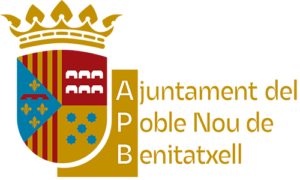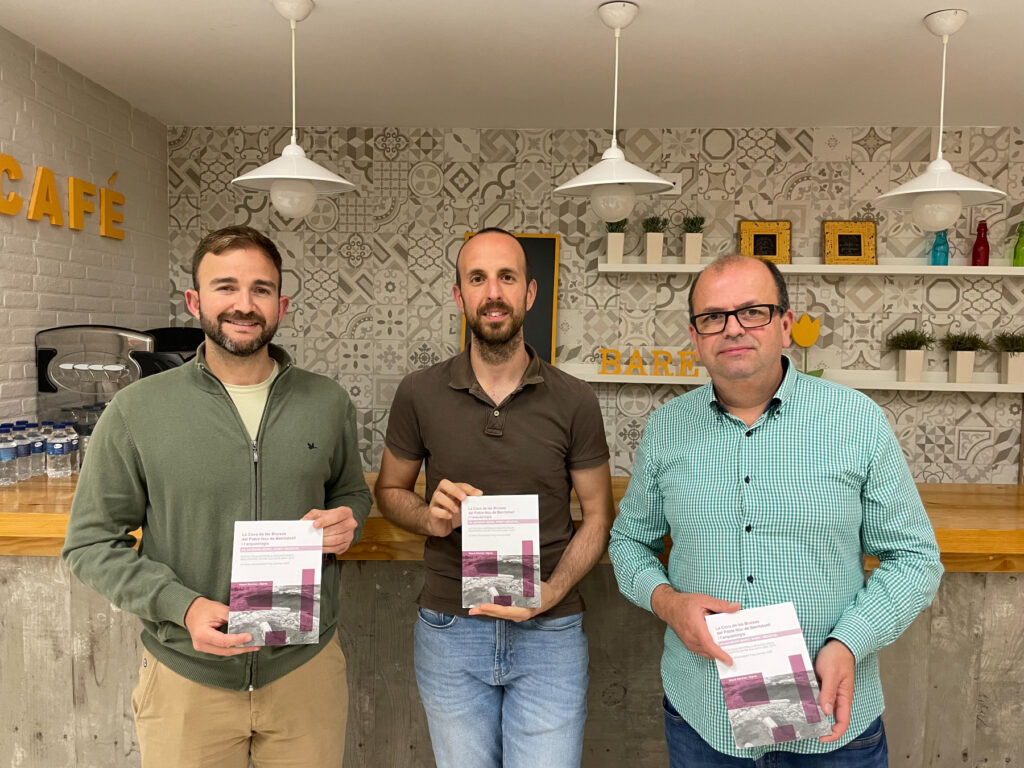- El arqueólogo Miquel Sánchez Signes presenta en el libro ‘La Cova de les Bruixes del Poble Nou de Benitatxell i l'arqueologia’ los resultados de las excavaciones entre los años 2000 y 2018
- Se trata del trabajo ganador del IX Premi d’Investigació Puig Llorença, el primero que ve la luz y se materializa en libro tras recuperarse este importante galardón en 2020
La Cova de les Bruixes de El Poble Nou de Benitatxell es un tesoro de la arqueología, un yacimiento con vestigios de una riquísima historia donde “todavía queda mucho para descubrir”. Son palabras del arqueólogo y doctor en Historia por la Universitat de València Miquel Sánchez Signes, autor del libro ‘La Cova de les Bruixes del Poble Nou de Benitatxell i l'arqueologia: un jaciment ibèric, romà i medieval’, que se puede adquirir en la Biblioteca Municipal a un precio de 15 euros.
Se trata del trabajo ganador del IX Premi d’Investigació Puig Llorença, el primero que ve la luz y se materializa en libro después de recuperarse este importante galardón en 2020 tras 12 años sin convocarse. En él, Sánchez Signes recoge el estudio de los materiales recuperados en el yacimiento entre los años 2000 y 2018, así como los resultados de las excavaciones que codirigió, junto con Josep Ahuir y Anna Viciach, en diferentes etapas, entre 2015 y 2018.
El yacimiento de la Cova de les Bruixes se descubre en el año 2000, cuando empieza a construirse la urbanización Los Molinos. Entonces, durante las obras, empiezan a aparecer muchos materiales arqueológicos y se decide hacer una campaña de excavación. En ella, así como en la segunda campaña de 2001, se encuentran estructuras, muros, restos de vajillas, ánforas y otros materiales que hoy en día están custodiados en el Museo Arqueológico y Etnológico Soler Blasco de Xàbia.
Después de esas dos campañas, los trabajos se paralizan y la construcción de la urbanización sigue su curso sin ningún tipo de control arqueológico. No es hasta 2015 cuando Miquel Sánchez Signes se interesa por el yacimiento y comienza una nueva campaña financiada por el Ayuntamiento de El Poble Nou de Benitatxell para contestar las preguntas que surgieron de las primeras excavaciones y tratar de datar todos los materiales.
Según relató el arqueólogo en la presentación del libro que tuvo lugar en el Centro Social, “al principio el trabajo fue duro y poco gratificante porque en la campaña de 2016 no aparecía nada”. Aun así, se decidió continuar en 2017 y 2018, y, esta vez sí, los resultados fueron magníficos y dieron mucha información sobre los diferentes asentamientos que han pasado por la Cova de les Bruixes a lo largo de los siglos.
Uno de los elementos más importantes aparecido en las inmediaciones de la parcela estudiada fue una prensa romana datada del siglo III d.C., concretamente una piedra de contrapeso de torculario. La pieza se encontraba en la base de un margen de bancal centenario, donde posiblemente la colocaron para aprovechar sus enormes dimensiones como punto de apoyo. Las dos muescas de la parte frontal servían para anclar unas maderas en el proceso de prensado de aceite o vino.
También aparecieron perfectamente conservados numerosos silos de época andalusí datados entre los siglos XII y XIII que servirían para guardar grano y que se sabe que más tarde habrían sido utilizadas como vertederos, puesto que se encontraron restos de platos y utensilios rotos e incluso el esqueleto de una cabra.
Además, los diferentes elementos encontrados confirman que por el yacimiento habrían pasado diferentes asentamientos que cubrirían todas las cronologías: de la época ibérica aparecieron piezas domésticas muy sencillas; de la época romana, ánforas que eran usadas para la importación de alimentos sólidos y líquidos en todo el Mediterráneo; de la época andalusí se encuentran piezas cerámicas que incluso se sabe que salieron de una importante alfarería que había en la época en la avenida de Teulada en Dénia; y del poblamiento cristiano algunos platos y vasos.

